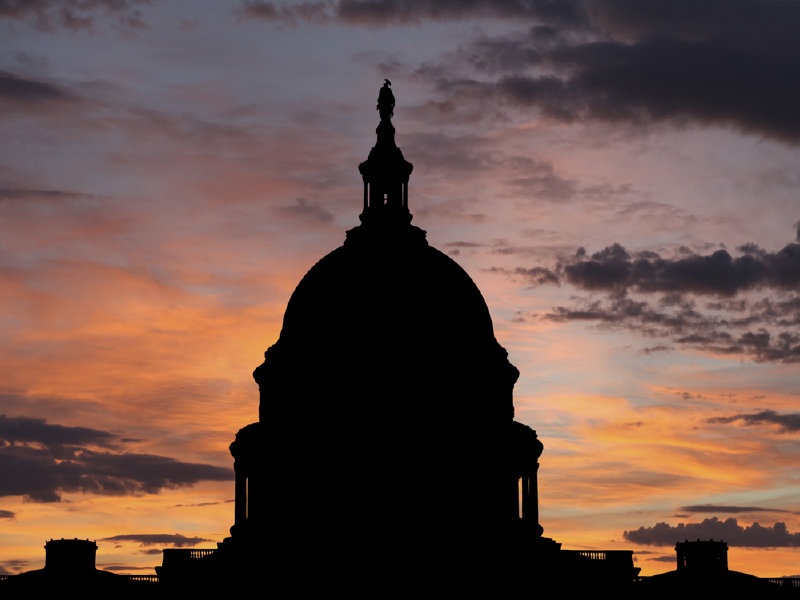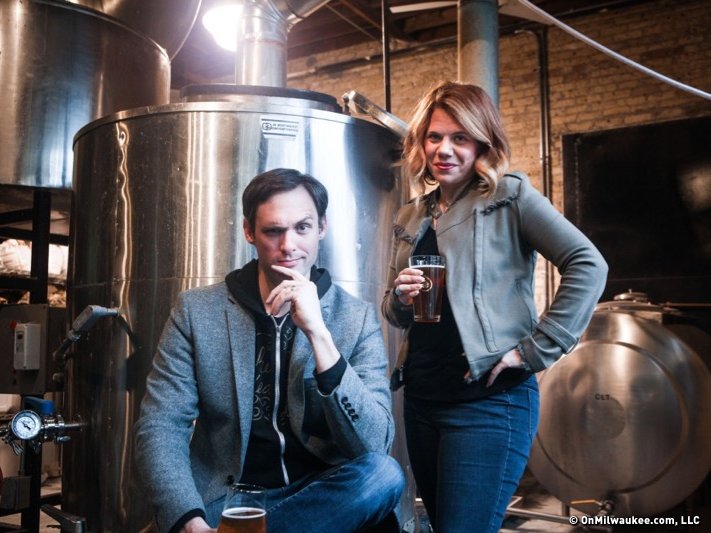Sustained coverage.
That’s the term given to when a news outlet stays on a story, breaking away from the regularly scheduled programming. In certain situations, sustained coverage does what it needs to do to keep people safe and to keep people watching.
Local media is good at it.
At other times, sustained coverage is meant for people to keep watching, just to bring in greater revenues from a larger audience.
National news channels are guilty of it.
When tornado sirens sounded on Sunday our local TV stations were right there, providing coverage of the latest information as the potential for severe weather coverage turned to fruition. Just to our south, multiple tornadoes touched ground and hit homes, businesses and devastated communities.
Stations scrambled, at first making sure people got the word to stay safe. Then they went into damage coverage, letting viewers know what happened.
Throughout the years in this market, the TV stations would catch flack from media writers and viewers for being in sustained coverage too long. It is hard to argue about length of coverage when lives could be on the line.
I feel that in severe weather coverage, in Milwaukee, we have a wealth of riches. We truly have great scientists and engineers at each of the local news outlets who do what it takes to make sure people are prepared in time of dangerous storms.
However, when we approach snow storms, sometimes the coverage can be too much. It’s one thing to cover a severe storm, or terrible road conditions during a morning or evening commute … but it is another to go too long, to stay on longer than a storm has to run its course.
As local stations may flirt with staying on the weather, or a story, for too long, national news outlets have already made dinner reservations.
What we’ve seen is the graying of lines between news and political entertainment programming where an opinion is given the same weight, if not more, than a fact. Unfortunately the programming move has worked so well, it has become the norm. More people watch according to the political beliefs they have, as if they need an affirmation. The viewership numbers and the improved bottom line have emboldened the current crew of producers to keep going to build and maintain the coffers.
That means, that although the cable news outlets may have presented a topic to answer open and on-going questions in politics, they often stay on a story longer if it fits two major criteria. The first, is if it is a topic that generates greater conversation, and in turn, greater viewership numbers. Secondly, they will stay on it longer if the storyline offers the opportunity for its show hosts to better their reach and standing among their core audience.
It is as if the national cable news outlets of CNN, MSNBC and Fox have taken winning plays out of a local station’s playbook to use weather to win a market. The story parallels are amazing when built into a simple outline. First, make the viewers aware of what is going on and cover it immediately, using a "Breaking News" tag and graphics with maps to show the area affected and the impact.
Second, cover the story in ways to make it easily understandable by the mass audience, offering analysis of where it fits in terms of history and reach. Third, offer a look back on what happened. Finally, make sure you tell everyone how good of a job you did covering a storm, that people make sure to check you out over the competition the next time dark clouds loom.
The next time you catch yourself watching your favorite political commentator on a national channel, play the game and see if you can catch the similarities to how your favorite meteorologists cover a storm.
Media is bombarding us everywhere.
Instead of sheltering his brain from the onslaught, Steve embraces the news stories, entertainment, billboards, blogs, talk shows and everything in between.
The former writer, editor and producer in TV, radio, Web and newspapers, will be talking about what media does in our community and how it shapes who we are and what we do.







